This week’s artist is a bit of a departure from those featured thus far. She’s probably not yet a household name but she sure is talented and she has a very clear photographic style. Without further ado, I’d like to introduce you to Allison Trentelman.
Allison is a fine art photographer from Maine. A few years back, I interviewed her for Professional Photographer magazine and, since her work reminds me of spring and Easter, I thought she’d be a lovely choice for Artist of the Week.
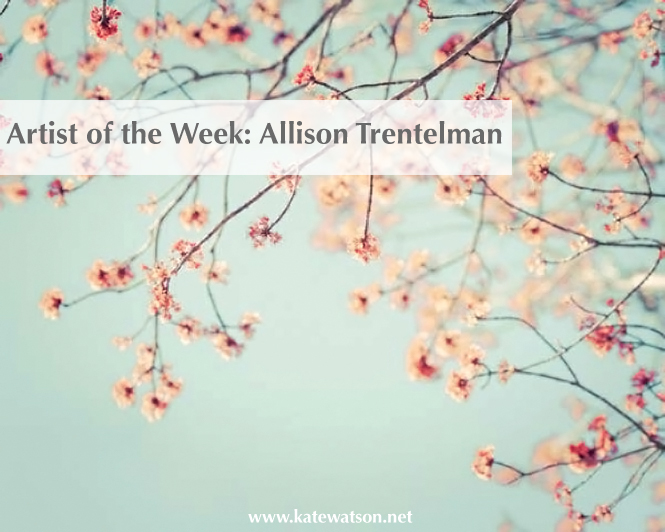
Because Allison speaks so eloquently about her photography, I’m going to let her do all the talking this week, too.
KW: Allison, how would you describe your style?
AT: My work has always been inspired by the natural world. There’s a peaceful feeling I find in nature that borders on the magical that I think many people have forgotten about, or grown out of, in our modern lives. When I moved up to Maine, I fell in love with the simpler, more natural lifestyle up here and rediscovered the joy that I used to find in nature as a child. I try to convey that joy and wonder in my photographs.
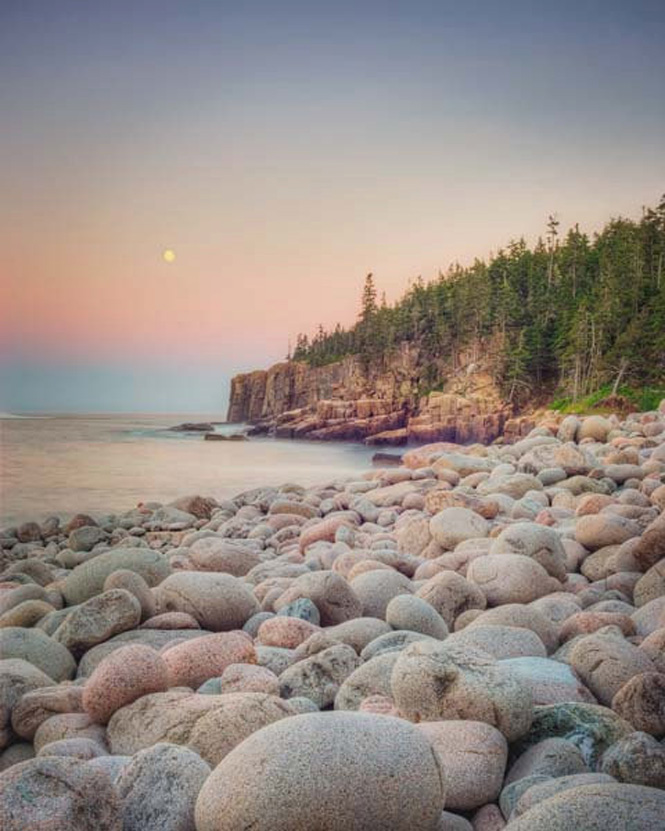
Acadia National Park (c) Allison Trentelman
AT: Lately I find myself creating images more than capturing them. I’m an avid gardener and I find a great satisfaction in growing my own plants to use as my subjects. I like to dive into big projects where I can do many variations on a theme. I love to work in series, often grouping my collections together by color.

Botanicals (c) Allison Trentelman

Purple flowers (c) Allison Trentelman
KW: In terms of your approach to photography, what is the most important element for you? How does post-processing fit into that?
AT: Color is easily one of the most important elements of my work. I’ve found that people really respond to a unified color scheme and carefully thought out colors in a print. I don’t consider an image to be successful unless it’s appealing on several levels, but it’s extremely important that the colors are right.
In post processing I’m able to change the not-quite-right colors in a shot with relative ease. It really frees me up creatively, to be able to look beyond the literal and create something interesting in post processing.

Forest Floor Portfolio (c) Allison Trentelman
KW: How do your post-processing choices reflect your overall style?
AT: Post processing gives me the ability to fit my subject into my own style and create a really specific color scheme, which for me is usually a palate of delicate pastel colors. Most of the images in my portfolio wouldn’t be possible back in the film days. Post processing allows me the creativity to create the image that I have in my head. I love the fact that if I can dream it, I can create it in post processing.

Tufted Titmouse (c) Allison Trentelman
KW: How do you approach post-processing – is it something you plan in advance or something you decide on after the fact?
AT: Post processing is an integral part of my work. As I’m shooting I try not to limit myself. If I like a shot but one element is off, I know I can still work with the image in post processing. Since all of my images are post processed in some way, it is an extension of the way I shoot. I use Adobe Photoshop but initially I do a fair amount of adjustments in Lightroom. Once I have the image in Photoshop I continue tweaking with adjustment layers, and experimenting with masks and blend modes. For me the greatest fun of creating an image is in the nuances you can add after the fact in post processing.

Dahlia (c) Allison Trentelman
AT: I will sometimes use plug-ins like Alien Skin Exposure or NIK Color Efex Pro to apply a custom preset to my work, but I find it’s best to keep it subtle and not let the post processing overwhelm the work. When I am working on a series, sometimes I will create a preset and apply it to a whole series to give it a more cohesive look. It can really help to tie things together.

Orange Flower Set (c) Allison Trentelman
So, there you have it. Allison Trentelman’s beautiful botanical and nature photography along with her views on style and post processing, in her own words. To view more of Allison’s work, please visit her website and Etsy shop.
Happy Easter, everyone,








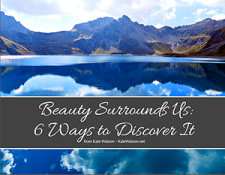
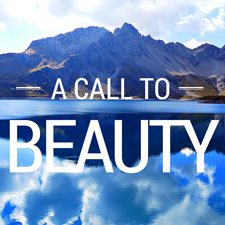
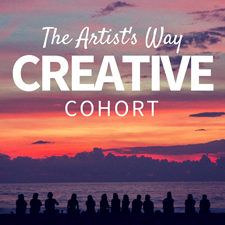
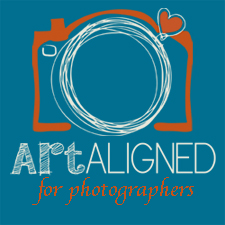






Kate Watson - Thanks for your comment, Cassandra! Yes, isn’t Allison’s work beautiful?
Cassandra Rae - YOWZA! What incredibly beautiful images. So inspiring. Love them.